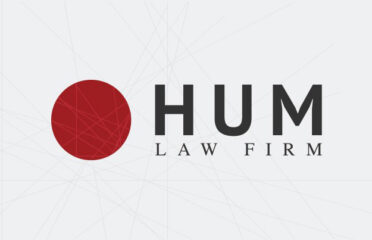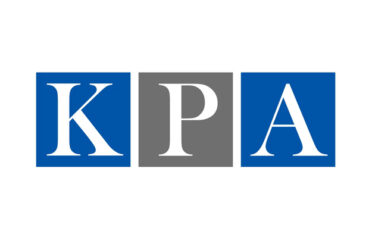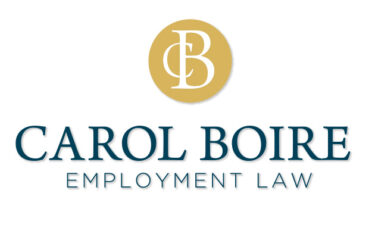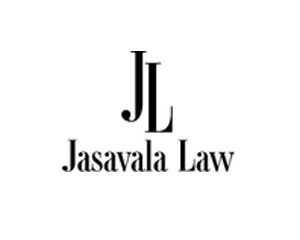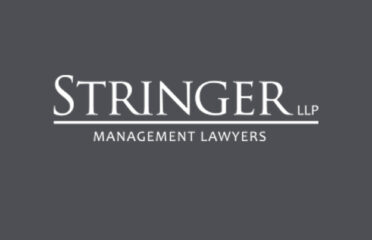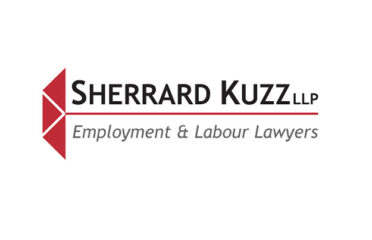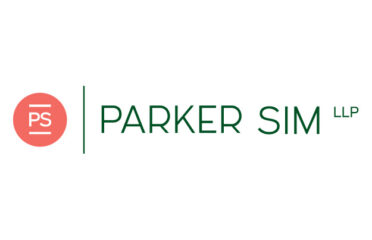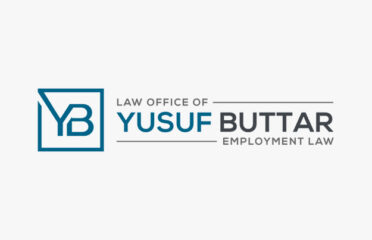What is Human Rights Law in Canada?
Human rights law in Canada is a fundamental aspect of the country’s legal and social framework, ensuring equality, dignity, and fairness for all individuals. Rooted in constitutional protections, international treaties, and provincial legislation, human rights law governs how individuals are treated in employment, housing, services, and other areas of public life.
This article explores the foundations of human rights law in Canada, key legal instruments, protected rights, enforcement mechanisms, and contemporary challenges.
What Is Human Rights Law?
Human rights law refers to the body of laws, policies, and judicial decisions that protect individuals from discrimination, harassment, and unjust treatment based on personal characteristics such as race, gender, religion, disability, and sexual orientation.
In Canada, human rights protections exist at three levels:
-
Constitutional (Canadian Charter of Rights and Freedoms)
-
Federal & Provincial Legislation (e.g., Canadian Human Rights Act, provincial human rights codes)
-
International Treaties (e.g., Universal Declaration of Human Rights, International Covenant on Civil and Political Rights)
1. Constitutional Protections: The Charter of Rights and Freedoms
The Canadian Charter of Rights and Freedoms (1982) is part of the Constitution Act and guarantees fundamental rights, including:
Key Charter Rights
-
Section 2: Fundamental freedoms (religion, expression, assembly, association)
-
Section 7: Right to life, liberty, and security of the person
-
Section 15: Equality rights (protection from discrimination)
-
Section 25: Recognition of Indigenous rights
Limitations on Charter Rights
Under Section 1, rights can be restricted if justified in a “free and democratic society” (e.g., hate speech laws limiting free expression).
Landmark Case: R. v. Oakes (1986) – Established the test for determining when a Charter right can be limited.
2. Federal & Provincial Human Rights Legislation
A. Canadian Human Rights Act (1977)
Applies to federally regulated sectors (e.g., banks, airlines, federal government).
-
Prohibits discrimination based on race, gender, disability, etc.
-
Enforced by the Canadian Human Rights Commission (CHRC).
B. Provincial/Territorial Human Rights Codes
Each province has its own human rights law covering areas like employment, housing, and services. Examples:
-
Ontario Human Rights Code
-
British Columbia Human Rights Code
-
Quebec Charter of Human Rights and Freedoms
Common Protected Grounds:
-
Race, ethnicity, Indigenous identity
-
Religion, creed
-
Sex, gender identity, sexual orientation
-
Disability (physical or mental)
-
Age, marital/family status
3. Key Areas of Human Rights Law
A. Employment Discrimination
Employers must accommodate employees unless it causes “undue hardship.”
-
Examples: Adjusting work schedules for religious observances, providing wheelchair access.
-
Case: Moore v. British Columbia (2012) – Schools must accommodate students with disabilities.
B. Housing Discrimination
Landlords cannot refuse tenants based on protected grounds.
-
Example: Denying housing to a family with children may violate human rights codes.
C. Access to Services
Businesses and public services (e.g., hospitals, schools) must serve all individuals equally.
-
Case: Vriend v. Alberta (1998) – LGBTQ+ protections must be included in human rights laws.
D. Hate Speech & Freedom of Expression
While free speech is protected, hate speech targeting groups is illegal under:
-
Criminal Code (Section 319)
-
Human rights laws (e.g., complaints to human rights tribunals).
4. Enforcement of Human Rights Laws
A. Human Rights Commissions
-
Investigate complaints (e.g., workplace discrimination).
-
Attempt mediation before formal hearings.
B. Human Rights Tribunals
-
Adjudicate cases where mediation fails.
-
Can order remedies like compensation, policy changes, or reinstatement.
C. Courts
-
Charter challenges can be brought before courts.
-
Supreme Court rulings shape human rights interpretations.
Example Case: Law v. Canada (1999) – Clarified equality rights under Section 15.
5. Contemporary Human Rights Issues in Canada
A. Indigenous Rights & Reconciliation
-
UNDRIP Implementation: Canada adopted the United Nations Declaration on the Rights of Indigenous Peoples (UNDRIP) in 2021.
-
Land & Treaty Rights: Ongoing disputes over resource development (e.g., Wet’suwet’en protests).
B. Gender & LGBTQ+ Rights
-
Transgender Rights: Legal protections for gender identity in all provinces.
-
Conversion Therapy Bans: Outlawed nationwide in 2022.
C. Systemic Racism & Policing
-
Racial Profiling: Courts have ruled against discriminatory policing practices.
-
Black Class Action Lawsuit: Compensation for Black federal employees facing workplace discrimination.
D. Disability Rights
-
Accessibility Laws: Accessible Canada Act (2019) mandates barrier-free services.
-
MAID Controversy: Debates over medical assistance in dying for disabled individuals.
E. Immigration & Refugee Rights
-
Safe Third Country Agreement: Legal challenges over turning away asylum seekers at the U.S. border.
-
Detention Conditions: Court rulings on humane treatment of detainees.
6. How to File a Human Rights Complaint
-
Identify the Jurisdiction (federal or provincial).
-
Submit a Complaint to the relevant human rights commission.
-
Mediation/Investigation occurs before a tribunal hearing.
-
Tribunal Decision may include compensation or policy changes.
Example: A worker denied a promotion due to pregnancy could file a complaint with their provincial human rights tribunal.
Conclusion
Human rights law in Canada is a vital safeguard against discrimination and injustice. From constitutional protections to provincial enforcement, these laws ensure fairness in employment, housing, services, and beyond. While progress has been made, ongoing challenges—such as Indigenous rights, systemic racism, and disability inclusion—require continued legal and societal attention.
By understanding their rights, Canadians can advocate for themselves and others, contributing to a more equitable society.
Key Takeaways
-
The Charter of Rights and Freedoms guarantees fundamental rights.
-
Federal and provincial laws protect against discrimination in key areas.
-
Human rights tribunals enforce complaints.
-
Current issues include Indigenous rights, systemic racism, and disability access.
-
Individuals can file complaints if their rights are violated.
For legal advice on human rights issues, consulting a human rights lawyer or legal aid clinic is recommended.
By upholding these principles, Canada continues to strive toward justice and equality for all.



